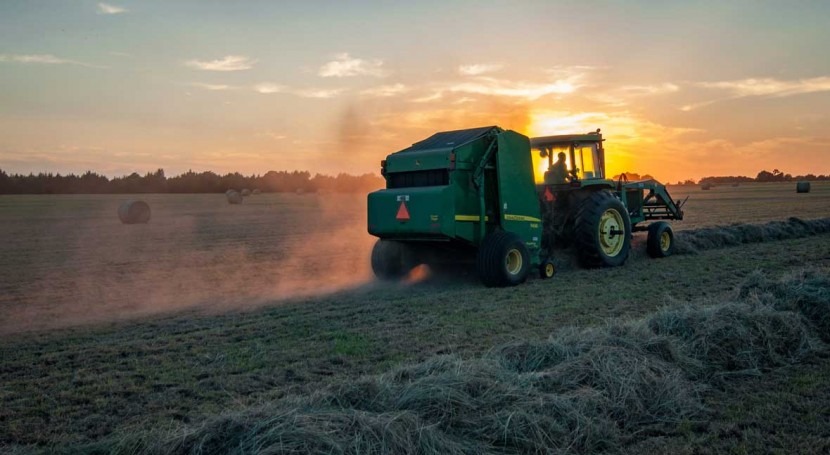For many of us, having access to water is something we take for granted. Because we can quite easily get a glass of water from the tap or buy a bottle of water in the shops, many people forget that it’s actually a finite resource that will one day run out. The United Nations has already warned us that five billion people could be affected by water shortages by 2050, so it’s crucial that we change the way we use water and find ways of cutting down our consumption.
One of the key ways that we can reduce our water consumption is to change the way we view food. In the majority of cases, our diet makes up the largest part of our personal water footprint, and many people don’t realise that it takes a huge amount of water to produce many of our favourite foods and drinks. Fruit and vegetable farming and meat production, for example, are two of the most water-demanding industries.
Luckily, it’s not as difficult as it might sound! To help you out, the team at Kind Water have brought you their advice for cutting down the water footprint of your diet. Read on to find out more.
How Much Water Does it Take to Produce Some of Our Favourite Foods & Drinks?
- 1kg of chocolate - 17,196 litres of water
- 1kg of beef - 15,415 litres of water
- 1kg of butter - 5,553 litres of water
- 1kg of cheese - 3,178 litres of water
- 1kg dry pasta - 1,849 litres of water
- X1 250ml glass of wine - 109 litres of water
- X1 250ml glass of beer - 74 litres of water
- X1 250ml cup of tea - 27 litres of water
Easy Ways to Reduce the Water Footprint of Your Diet:
Do Your Research
The best way to ensure that you’re doing your bit to help reduce water consumption is to ensure you’re informed and aware of the issue. Understanding which aspects of your diet are the most water--demanding will greatly help in your effort to cut down your overall consumption.
Reduce Your Meat Consumption
It takes a huge amount of water to put meat on your dinner table. 4,000 gallons of water per day to produce food for a typical meat-eater but only 300 gallons of water to produce food for a typical vegan. However, you don’t need to become a vegan to reduce your water intake. If more people simply cut down their meat consumption and adopted a “healthy meat” diet, this could reduce your water footprint by up to 35%.
Waste Less Food
A great way to reduce your water footprint is to cut down the amount of food that you waste. Research shows that on average, we throw away 6.6 million tonnes of household food waste a year in the UK, and almost three-quarters of that is food that we could have eaten.
Shop for More Organic Foods
Since organic soil typically maintains a structure which enables greater water retention, which means less water is used overall during the growth process. This means organic fruits and vegetables are likely to have used less water in order to grow.
Buy Locally Grown Foods
It isn’t just the food you eat that requires water, it’s also the transportation of getting your food from the farm to your plate too! This is something else to consider when trying to reduce the overall water footprint of your diet. Producing a tank of petrol requires a lot of water, so reducing the journey of your food is key.
Grow Your Own Food
Growing your own fruit and vegetables is a great place to start when reducing the water footprint of your diet. By growing your own food, you can personally manage the amount of water that you’re using in the food production process. Remember, soil quality is key to ensuring that your crops a normal amount of water than normal to stay healthy.
Switch Cups of Coffee for Cups of Tea
Unfortunately for coffee-lovers, producing coffee beans is a very water-demanding process. On average, it takes 136 litres of water to produce one cup of coffee! If you’re a regular coffee drinker, maybe consider switching to tea every now and again. After all, it’s small steps like this that quickly add up to make a big difference.
Eat Less Processed Food
Processed foods use a huge amount of water in their production. For example, an apple requires 18 gallons of water but a cup of apple juice requires 60 gallons of water in production. To reduce your water footprint, try and eat as naturally as possible.
Sources:
https://smarterbusiness.co.uk/



